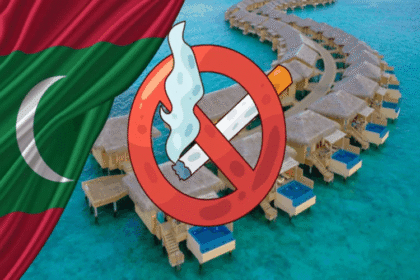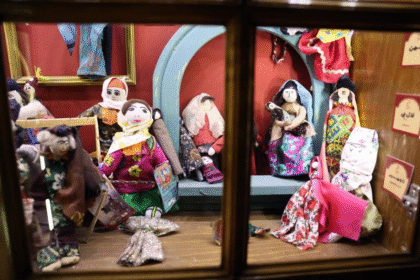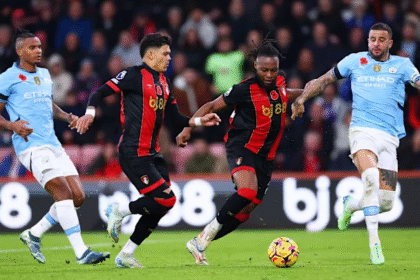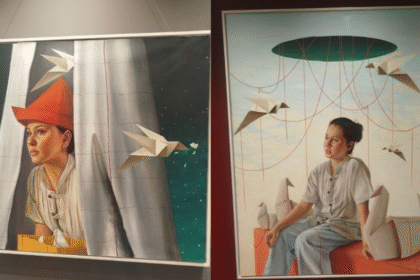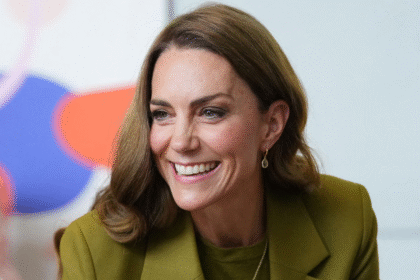What began as an audio-first medium has rapidly transformed into one of the most influential content formats, especially among younger audiences, and companies like TikTok, Netflix, YouTube, and Spoti...
Fans of the Grand Theft Auto (GTA) franchise will have to wait even longer for the next chapter in the blockbuster video game series. Developer Rockstar Games announced on Wednesday that the release o...
Nestled inside a beautifully restored house in central Tehran, a new museum is reviving childhood memories through a vibrant display of toys from around the world — spanning from ancient Persia to Sov...
Villa surge, Arsenal extend lead, Spurs eye home revival Liverpool are under immense pressure to end their alarming losing streak as they host Aston Villa on Saturday, while Manchester City face a ste...
Lahore’s Ocean Art Galleries is currently presenting Contemporary Continuum, a captivating collateral exhibition to the NCA Triennale-2025, celebrating the evolving dialogue between tradition and mode...
A close friend of Kate Middleton has offered a glimpse into how the Princess of Wales is bringing calm and balance to her household through a renewed focus on wellness and meditation. According to a r...
Former US President Donald Trump has once again placed himself at the center of Middle East diplomacy, announcing what he called a “historic dawn of a new Middle East” after brokering a deal to end th...
Newly unsealed court documents have revealed that Blake Lively was set to earn substantial bonuses tied to the success of her 2024 romantic drama, It Ends With Us. The revelations come amid her ongoin...
The world awaits the announcement of this year’s Nobel Peace Prize, set for Friday in Oslo, just a day after Israel and Hamas reportedly reached a long-awaited ceasefire agreement — a deal that came t...

